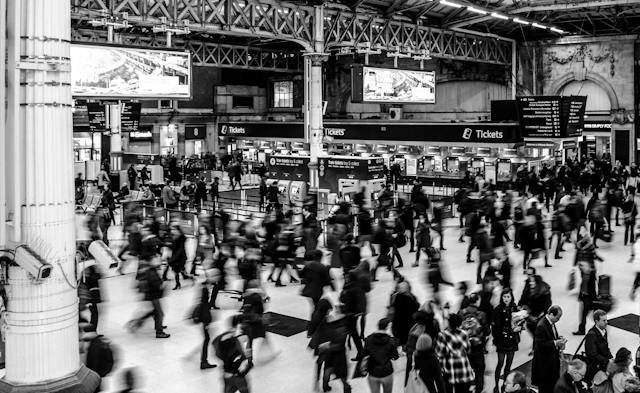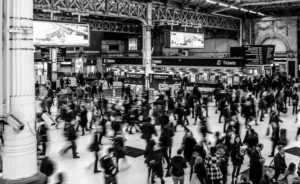
POST COVID Cities
Overall I believe we can look forward to a period where cities in this post-Covid period, can become more regenerative and create hope for resolving the deep issues of urban sustain- ability.
Circular economy, hydrogen economy processing of industrial products, new fuels for shipping and aviation, will start to provide the last technologies and urbanism responses for decarbonization.
- Circular economy will start to learn from the way smart technologies have shaped the application of renewables into local solutions by enabling simpler local manufacturing based on recycled waste.
- Hydrogen will use smart systems to become cheap enough for processing locally all primary production including minerals and agricultural products, and the secondary production of manufactured goods but will disappear as an option for land transport.
- . Shipping and aviation will have new renewable fuels but will never be able to compete with the cheap fuels of the late twentieth century and more and more alternatives for local economies will be provided
The Covid economic decline and the restart using new ways to
frame an economy, are going to continue to emerge, and hopefully will be reflected in future papers in this journal. Perhaps we can begin to see what the next few decades of future growth in our cities will be, based on the things we have learned from Covid. Here are some of my learnings.
Decarbonization will rapidly happen with technology but urban- ism will shape cities better for people and nature.
- Smart technology integrated with solar, wind, batteries and electric vehicles will become rampant through the global economy enabling grids of all types and sizes in every part of the world. The smart systems will need local management as well as grid-scale management. Electric local vehicles and electric trackless trams will be integrated into mobility as a service replacing much need for car ownership. And electric trains between cities will become as common as planes are now.
- Urbanism will insist on the significance of local places as these technological changes happen. They will need to be walkable and meaningful as well as activated for people of all ages and incomes. Reduced automobile dependence will continue to grow as a major focus for cities to enable them to be competitive.
- Nature-positive outcomes will also become the major focus for urbanism, building up biodiversity and enabling biophilic landscaping of soft and hard surfaces, closing canopies with street trees, all enabling cities to play a critical role in resilient responses to big weather changes.

pixel skitter photo act for your planet
Perhaps after these next few decades we may even see some of the more difficult parts of climate change begin to be provided with solutions.
What do you think?